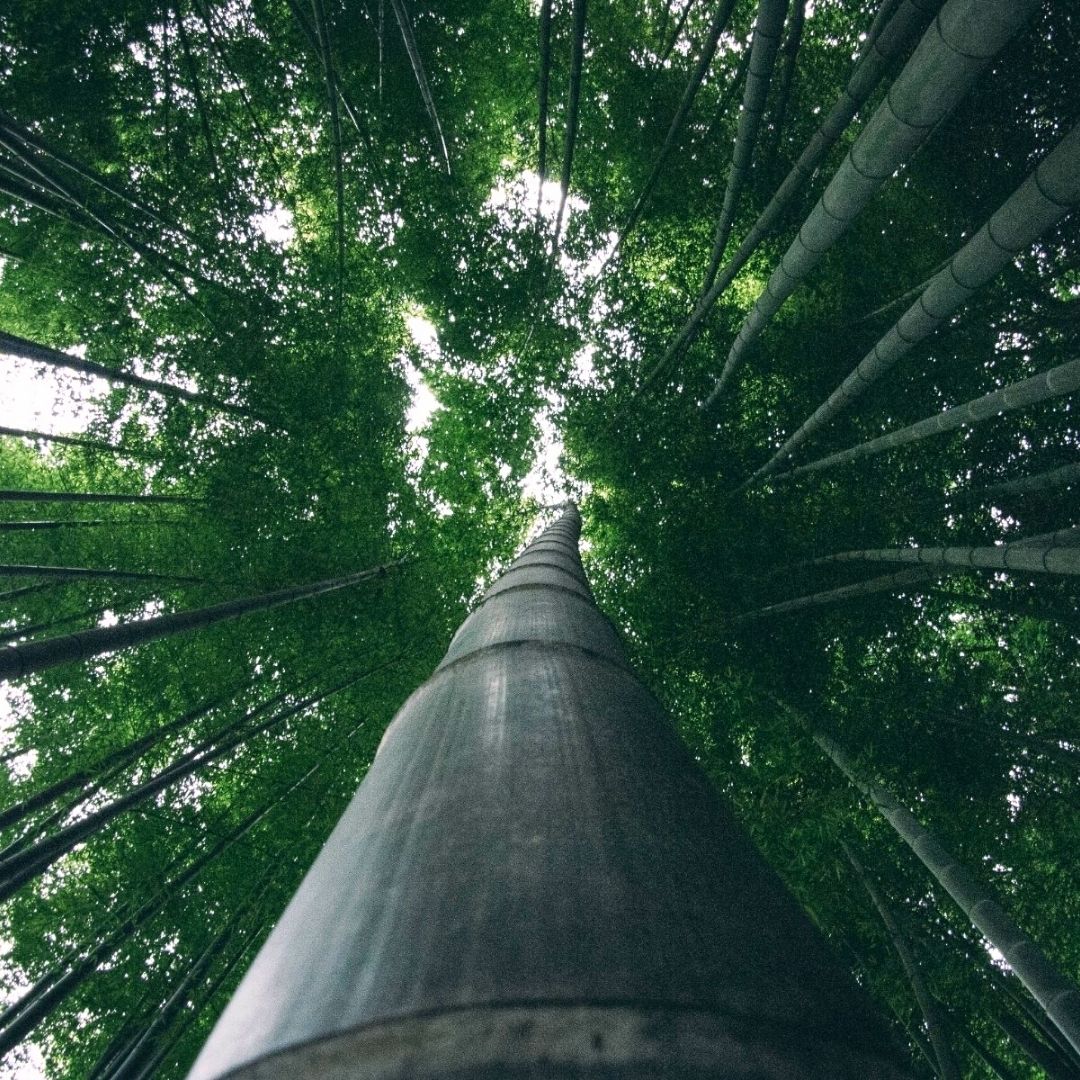Bamboo farming is booming in Malawi! This fast-growing, regenerative plant is benefitting Malawian communities in more ways than one.


Malawi’s Mission To Reforest Half The Country With Bamboo
An hour outside of Lilongwe, Malawi’s capital city, lies hundreds and hundreds of rows of giant bamboo. The AfriBam giant bamboo farm belongs to Grant Blumrick, and it’s the biggest bamboo farm and nursery in southeast Africa! After witnessing the devastation of uncontrolled land clearing in Malawi, Blumrick created the bamboo farm in 2014 to provide sustainable fuel and timber for his fellow Malawians.
Since 1990, nearly 20% of Malawi’s forests have disappeared due to the clearing of native trees. In rural areas, especially, Malawians depend on forests for firewood and building materials — which is why Malawi has the highest rate of deforestation in sub-Saharan Africa. Now, Malawi is on a mission to restore 11 million acres of degraded land by 2030.


What Are The Benefits Of Bamboo?
Bamboo isn’t just grown to feed hungry Giant Pandas! Surprisingly, bamboo is one of the fastest-growing plants in the world — in fact, it can grow almost 3ft in a single day! Bamboo only takes a few years to fully mature, and it can be harvested again and again over its 80-year lifespan. In contrast, hardwood trees take around 30 years to mature.
Bamboo basically has regenerative superpowers — the more you cut it, the more it grows! This means that Malawians have access to an ongoing, renewable source of fuel and timber.
As a strong, flexible material, bamboo is extremely useful for construction purposes — but it can also be used to make bamboo briquettes, furniture and woven goods — which provides an income source for many women.


Bamboo Absorbs Carbon 10x Faster Than Trees!
Did you know that bamboo can absorb CO2 10x faster than woody trees? That’s right! Due to bamboo’s incredible growth rate, the plant absorbs and stores carbon at a rapid rate. When properly managed and intensively harvested, bamboo can sequester up to 1.78 tonnes of CO2, per clump, per year.
Bamboo releases around 30% more oxygen compared to a similar mass of tress — plus, bamboo burns exceptionally well and contains a lot of energy per kilogram, which means that Malawians can harvest and burn less than traditional firewood.
So, bamboo farms are combatting climate change by absorbing more carbon dioxide; reducing rates of native tree clearing; providing renewable fuel and timber for communities; and boosting the economy and providing income for women.


The Global Boom Of Bamboo
Due to the reasons listed above, many countries are leaping on the bamboo bandwagon! For China, bamboo has a long history of being used for construction, fibre, food, agricultural tools, utensils, music instruments, ornamental plants — and, of course — to feed Giant Pandas! China is currently the biggest producer and exporter of bamboo products in the world.
For Kenya — another major African bamboo producer — cultivating bamboo is a relatively new practice, but it’s helping to slow deforestation, stop landslides, and increase climate resilience. Kenya’s Green Pots Enterprises, are managing nurseries and bamboo plantations — along with a bamboo-processing factory for energy products, paper and pulp. They call it a “magic grass that brings wealth, safeguards the environment, and generally makes the world a much better place” — which we think sums bamboo up perfectly!
We’re so happy to see Malawi and other African nations cultivating bamboo to reforest degraded areas, combat climate change, provide fuel and timber for rural communities, and create new income streams! Hopefully, bamboo will play a massive role in the AFR100 initiative — which will see more than 100 million hectares of African land restored by 2030.
To find out what’s new in the world of sustainability, climate action, and eco-innovation — head to the Eco News category and check out the blogs below!
Ghana Planted 5 Million Trees In A Single Day!
These Recycled Plastic Belts Help Coastal Communities In Indonesia
These UK Outdoor Brands Are Upcycling Old Wetsuits Into New Products

